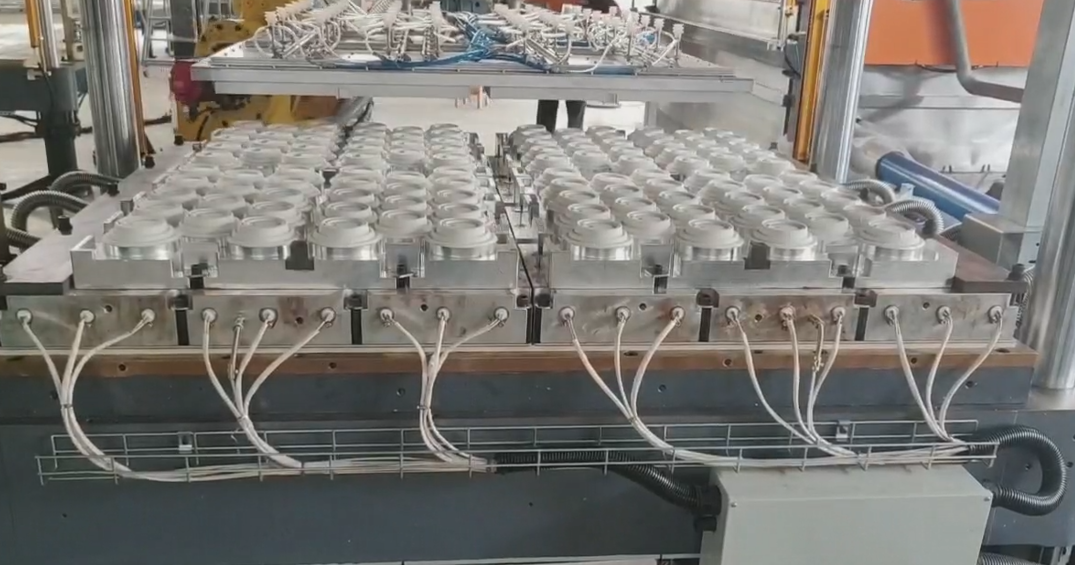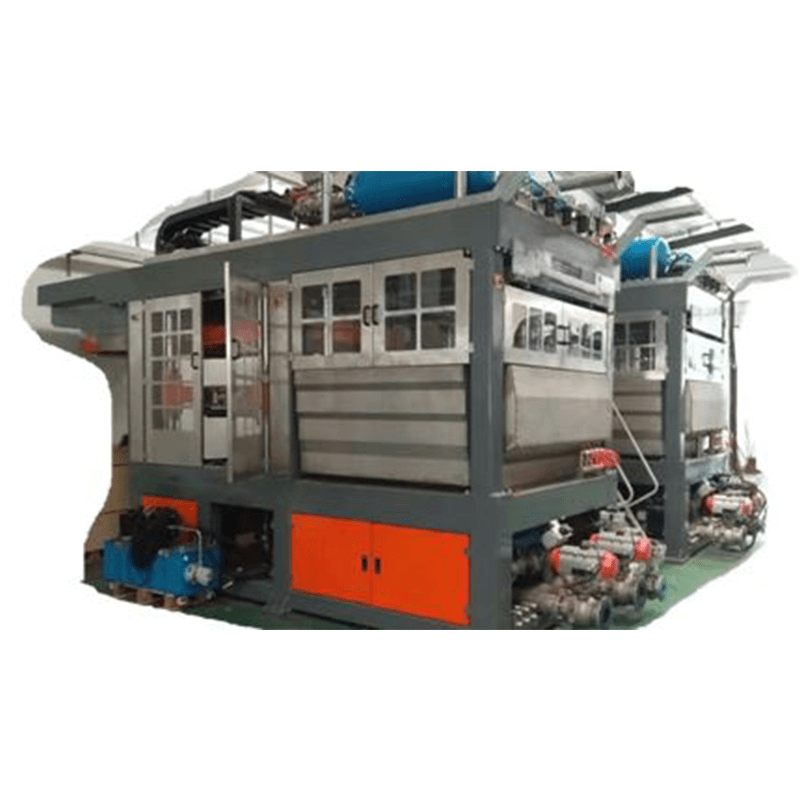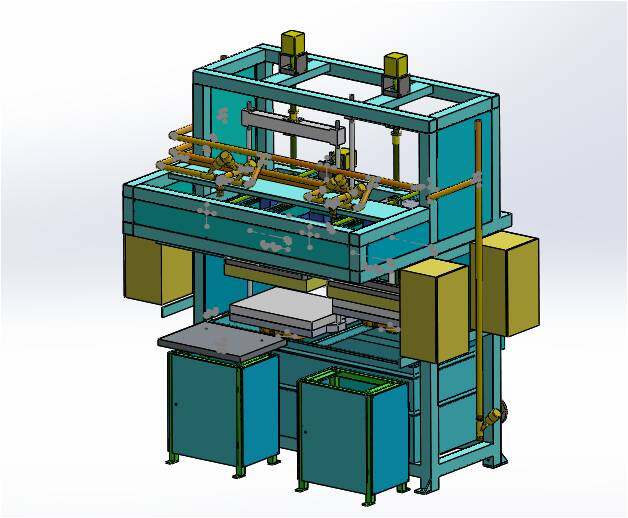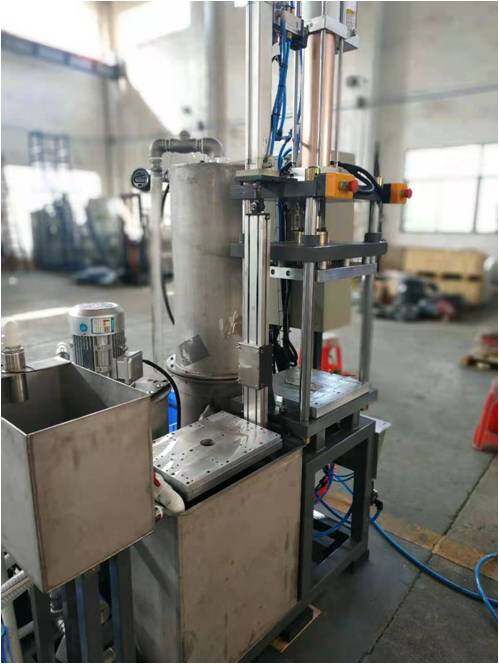What are the growth opportunities in this market?
Several governments all over the world are aiming to minimize plastic use and have started to enforce policies and mandates for industries to convert to molded pulp packaging, increasing its demand. A specific instance has been the European Union’s Single Use Plastics Directive (2019/904), which bans the use of specific plastic items and also requires a certain percentage of the plastic used in packaging to be recycled. As a consequence, the food service and retail industry has also switched to compostable materials like molded pulp. A good case example is McDonald’s EU branches' substitution of plastic cutlery and clamshells for molded fiber alternatives in compliance with legislation. Moreover, these policies are gradually reshaping entire supply chains as producers focus more on the materials that will satisfy legal requirements. Increasingly, the market uses R&D funding to increase the multifunctionality of molded pulp to ensure it meets benchmarks for performance and regulations, solidifying its position as a compliant solution.
More consumers are becoming aware of the environmental impacts of their buying choices, resulting in the increased purchase of sustainable products. This change in purchase behavior motivates companies to use more environmentally friendly packaging, like molded pulp packaging, for market competitiveness and brand loyalty. For instance, A recent study confirms that the majority of consumers, 82% of them, are willing to pay a significant price for sustainable covered items, and 74% understand the consequences that covering serves to the environment. This growing demand is increasing the rate of consumption of molded pulp packaging as businesses seek to attract new customers and stand out in the market.
Molded Pulp Packaging Market Trends
New advances with the molding techniques and the quality of recycled materials used are increasing the strength and functionality of molded pulp packaging. For instance, the development of plant-based substitutes for petrochemical products is actively being funded by venture capital. According to Bloom Bio Renewables, a Switzerland based company, raised USD 15 million in early 2025 towards such alternatives, which demonstrates the market need for innovations in sustainable packaging. These technological advances permit the design of more complex and sophisticated packing structures, which make molded pulp more appealing to companies searching for eco-friendly policies, thus propelling market growth.
The explosive growth of e-commerce is creating demand for advanced lightweight, durable, and eco-friendly packaging as a long-term solution to plastic packaging. Molded pulp packaging meets these requirements for a broad range of products. To improve citizens' satisfaction while reducing environmental harm, manufacturers are rapidly adopting molded pulp for e-commerce packaging. For example, Amazon has switched from using plastic air pillows to recycled paper filler for North American packaging with an intention to eliminate nearly 15 billion plastic air pillows annually. Such changes will shape wider opportunities for the molded pulp packaging market.
In 2025, there has been an increase in environmental regulations, and customer awareness has prompted the cosmetic sector to adopt eco-friendly measures through the use of molded pulp instead of traditional plastic containers. The specific packaging is made from recycled paper and other biodegradable materials, therefore, it is eco-friendly. The change towards using molded pulp packaging in cosmetics is enabling the development of new markets.
Many multinational companies are now increasingly adopting the principles of a circular economy through the use of renewable and recyclable materials in an attempt to create eco-friendly packaging. Molded pulp packaging, which is compostable and made of recycled materials, embodies these principles. Companies are turning to molded pulp packaging to meet their sustainability targets and lower their carbon emissions. Such a commitment to principles of circular economy is expected to increase the supply of molded pulp packaging in the future.
Additionally, businesses are seeking new materials, including molded fiber, paperboard, and corrugated cardboard for specific uses, creating novel renewable and biodegradable products. This shift stems from the need to reduce plastic waste as well as meet the consumer demand for eco-friendly packaging. Increasing adoption of fiber-based materials is expected to drive expansion of the market.
from GMI











